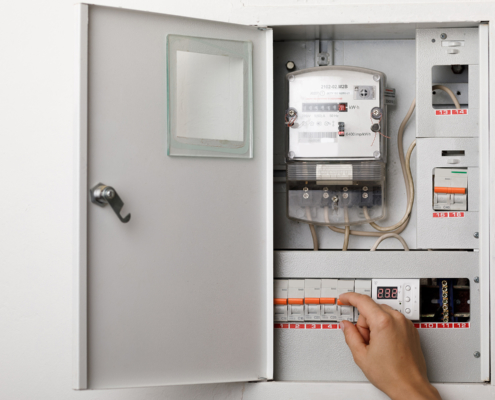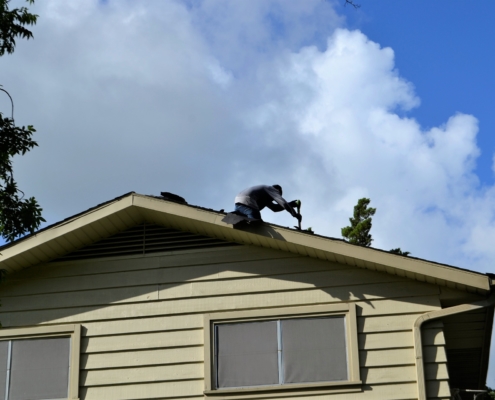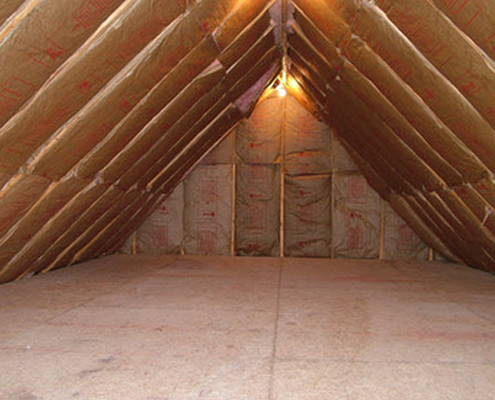PREPARING FOR A HOME INSPECTION
If you are selling your home and a potential buyer has requested a Home Inspection, there are some things that the seller should do to ensure that the Home Inspection goes well and doesn’t hinder the chance of a sale. I am asked many times what are the things you should do to prepare your home when putting it up for sale. Before you even begin to do your home stage the property for potential buyers you should consider having a Pre-Listing Home Inspection.
Clean Up The House
It may seem like a given but you’d be surprised how many home owners tend to forget this vital part of the inspection. A dirty and unkempt home may give the Home Inspectors decides how well a home has been maintained. Replace burned out bulbs so that the lights won’t be reported as “Light is inoperable” that may suggest an electrical problem. As well, test smoke and carbon monoxide detectors, and replace dead batteries.
Watch The Clock
More often than not home inspectors are early. You should be prepared for the home inspector to arrive 15 – 30 minutes before the prearranged inspection time. Many inspectors will begin their inspections on the exterior of the home while waiting for the client so it’s important that you be ready when they arrive. If possible, leave the home 30 minutes prior to the arranged time.
Don’t Turn Off The Utilities
Many components of the home, including the the stove, the dishwasher, the furnace and air conditioning are part of the inspection and the Home Inspector will need to test each one. If the services aren’t on and the components are not tested, it may be detrimental to the closing of the home.
Keep the Furnace and Water Heaters Clear
The Home Inspector will need access to these areas. If the Inspector cannot access them easily they cannot inspect them effectively, if at all. Think of it as Home Staging.
Keep Pilot Lights Lit
If pilot lights are out, the Home Inspector will not reignite them because of the liability involved and it’s not within the scope of their inspection. Unlit pilot lights will affect the inspection and may ultimately affect the sale of the home if these vital components are not inspected.
Provide Access to Attic and Garage
Standards of Practice requires that the Inspector evaluate the attic and garage. The Home Inspector will not move furniture, boxes or any other obstructions to access these areas.

Schedule Your Own Inspection
If your home is older, or you suspect that there will be several problems to correct, it’s a good idea to have your own inspection performed. This will not stop your buyers from having their own inspection. However, if you have your inspection performed first, and you repair any items your inspector notes, then it’s unlikely that your buyer’s inspector will find anything further. Taking care of items before the buyer’s inspector finds them helps your buyers to have peace of mind that the home they are buying is in good condition. This could help prevent them from backing out of the contract or asking for significant concessions.
Your home inspection is an important part of the process of selling your home. If you can have it inspected before you have a contract, you may save yourself work and money by knowing your home’s problems ahead of time. Fixing them on your own can be less expensive than having to have them repaired by someone else after a buyer’s inspection. But, if you can’t have your own inspection, at least be certain that you are ready when the buyer’s inspector comes to call.

MOST COMMON HOME INSPECTION ISSUES
Here are some of the most common issues & defects that home inspectors find, so that you know what to look for when you are getting your own home inspection!
ROOFING PROBLEMS
Roofing issues are very typical for home inspectors to find during home inspections. This is because homes are very susceptible to roof damage, especially homes are ten or more years old.
ELECTRICAL WIRING ISSUES
Monitors usually find stripped wires, inappropriate associations, underpowered breakers, uncovered wiring left over from past fixes or remodels. These issues are viewed as a wellbeing risk and ought to be tended to right away.
POOR ATTIC VENTILATION AND INSULATION
Homes that are older in age typically have issues with ventilation and energy efficiency. Home inspectors often find attics that are insulated yet not ventilated, which makes them too hot in the summer. This lack of ventilation can make it harder to keep the house cool, while also potentially leading to mold and other issues.

POOR GRADING AND DRAINAGE AROUND THE HOME
Drainage issues are typically not noticeable until an inspector is doing an inspection, because it doesn’t rain often and continuously enough for it to be a huge threat to homeowners. However, poor drainage is a serious issue. If water pools around the base of a home and cannot escape, it can cause mold, as well as issues for the foundation of the home that could cause it to collapse.
PLUMBING PROBLEMS
Plumbing problems are fairly common, and also very serious. Small visual defects like leaks, slow drains, and low water pressure can all mean really big underlying problems. Plumbing issues are costly to repair, which is why inspectors take great care in inspecting the system.
Mold Inspections and Home Maintenance
A mold inspection starts as a home inspection, which is a non-invasive, visual examination of the home’s interior and exterior, and its various systems and components.
The scope of a mold inspection requires particular knowledge of HVAC systems, roofs, the exterior, and plumbing systems. Musty odors, moisture intrusion via a roof or plumbing leak, or even evidence of suspected mold can warrant a mold inspection.
Once mold gets a foothold, it cannot always be completely eradicated, so the best cure is prevention. Homeowners must be vigilant about checking for leaks both inside and outside, and making sure their home is free of conducive conditions – the main culprit being water. For instance, firewood stacked up against the side of the house can retain moisture from dew, rain and snow. Leaks should be fixed as soon as possible. And indoor humidity and moisture should be controlled by making sure appliances, such as the clothes dryer and dishwasher, are vented properly, and that the vents themselves are operating as they should. Windows are another place prone to mold growth if the frames are old and damaged, or the seals on the panes have failed. And basements and crawlspaces are notorious breeding grounds for mold, especially if they’re used only for storage, the windows are old or damaged, and/or the area experiences occasional flooding.